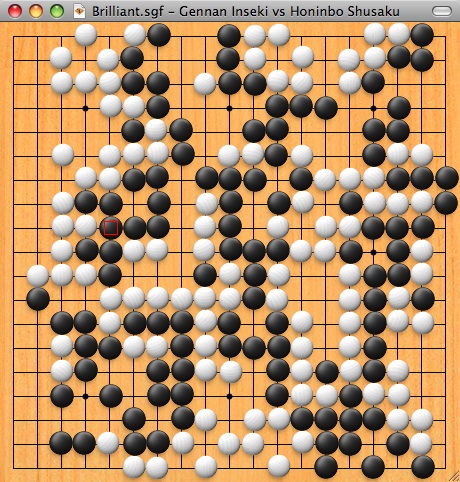
Examples of verbs in this category are 読む (yom u) "to read," 書く (kak u), "to write," 話す (hanas u), "to speak," and 聞く (kik u), "to listen." Notice that each of these end in a character on the う-line of the hiragana chart when they are in the plain/dictionary form, which explains why they're often called "う-verbs" in textbooks. You should not try to memorize this info! Check back to this page when you want to brush up on the nuts and bolts of verb conjugation, but to master it in your own language use, follow the old adage "practice makes perfect." Eventually, you'll be conjugating verbs on-the-fly without thinking twice about which verb type you're dealing with! To help get to that point, you might want to give an app like Japanese Conjugation Practice or Japanese Conjugation City a try. We believe that understanding why verb types function differently is more empowering than simply memorizing a bunch of rules, but still, this is only intended as a reference. See how they conjugate differently? These conjugation patterns are explained on each of our pages dedicated to specific verb endings, so on this page we'll go behind the scenes on what makes verb types different.ĭon't fret if the information on this page feels like a lot to you.

So an ichidan verb like 食べる becomes 食べない by simply replacing る with ない, but a godan verb 聞く becomes 聞かない. For example, if you want to make a verb negative with the 〜ない ending, how you do so will be determined by its verb type. Whatever term you prefer, what's important is understanding how each verb type requires a different method of attaching conjugational verb endings. Ichidan verbs are also called る-verbs, Group II verbs, and vowel-root verbs. For example, godan verbs can be referred to as う-verbs, Group I verbs, and consonant-root verbs. You'll probably also see them go by other names in all the various learning materials out there. Japanese verbs come in three types: godan verbs, ichidan verbs, and irregular verbs. Before jumping into verb conjugation, though, it's helpful to become familiar with verb types. Conjugation can show us whether a verb is in the present or past, whether it's positive or negative, and more.

Japanese verbs can conjugate (that is, take a variety of endings) to express a whole range of meanings. 音便 ("Sound Convenience") in Conjugations.Learn all about verb types and conjugation on this page. Japanese verbs have different conjugation patterns depending on what type they are - godan, ichidan, or irregular.


 0 kommentar(er)
0 kommentar(er)
